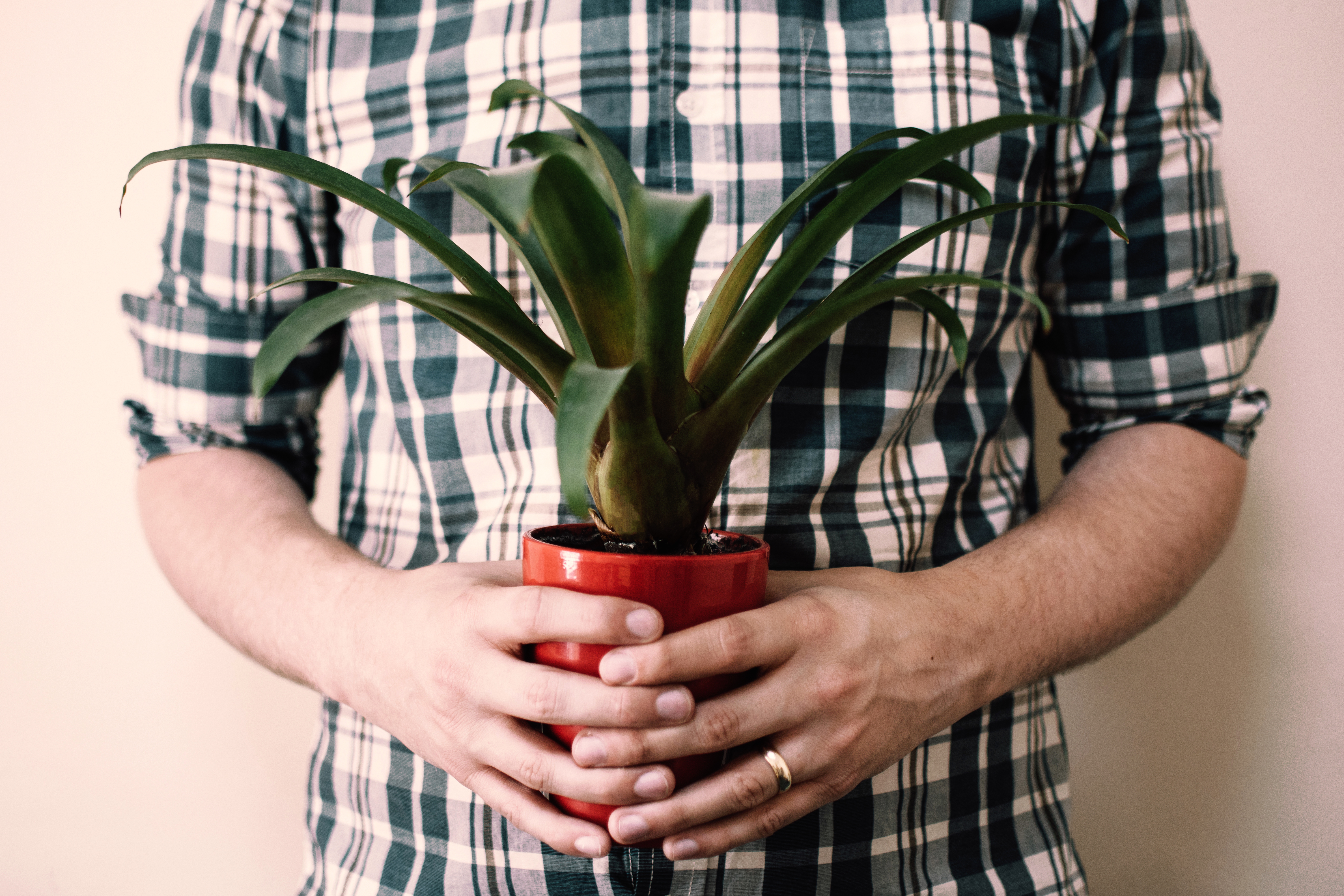
Help reviving potted plants
Caring for potted plants can be a challenge. Some plants are fairly easy to grow indoors whereas others present a real challenge. The key to reviving a plant is making sure that the roots are still healthy. If they are damaged or rotting, it could be too late. Begin the revival process by trimming back any dead leaves and excess foliage. If the roots are damaged, you can relieve the stress on them by reducing the amount of foliage. Trim the dead stems until you see the green part. This will encourage new growth. Now that you have done the basics, it’s time to check the plant’s chances of survival depending on the visible symptoms.
If you have been over-watering your plant, you could notice brown or yellow wilted leaves. The soil will be moist to the touch. The solution is to keep the plant out of any direct sun and reduce watering. If possible, repot in some fresh soil to help the plant recover. If the leaves are dry, brow, and the soil is hard, you could be under-watering. You should place your plant in a humid area, remove from direct sun, and water lightly.
Bleached or dark patches on the dried out leaves can be an indication of excessive sunlight exposure. To remedy this, y ou should place the plant in a shadier area. Preferably with plenty of humidity. Trim the foliage and water well. If your plant is not getting enough sun, you may notice that the leaves are smaller, pale, and the stems could be weak too. Place the plant in a sunnier spot and add some light coloured gravel to the pot. This helps reflect the light.
Pests can also be the cause of your problems and, if left unchecked, your plant could die. For the most part, you will notice parts of the plant that have been eaten. The leaves could also become rolled, folded, you may notice abnormal growths, or even white patterns. Pests can often be wiped or sprayed off. Different plants attract different bugs. You can read up about different bugs that could be affecting the plant before choosing a solution. There are various bug sprays that you can make yourself to get rid of insects and keep them away.
Finally, if there are any nutritional deficiencies, you might need to repot in fresh soil to allow the roots to grow. The right fertilizer can also help the plant flourish but you need to fertilize during the growing season. Since each plant is different, make sure that you do your research and always follow fertilizer package instructions.
